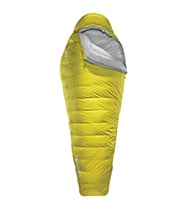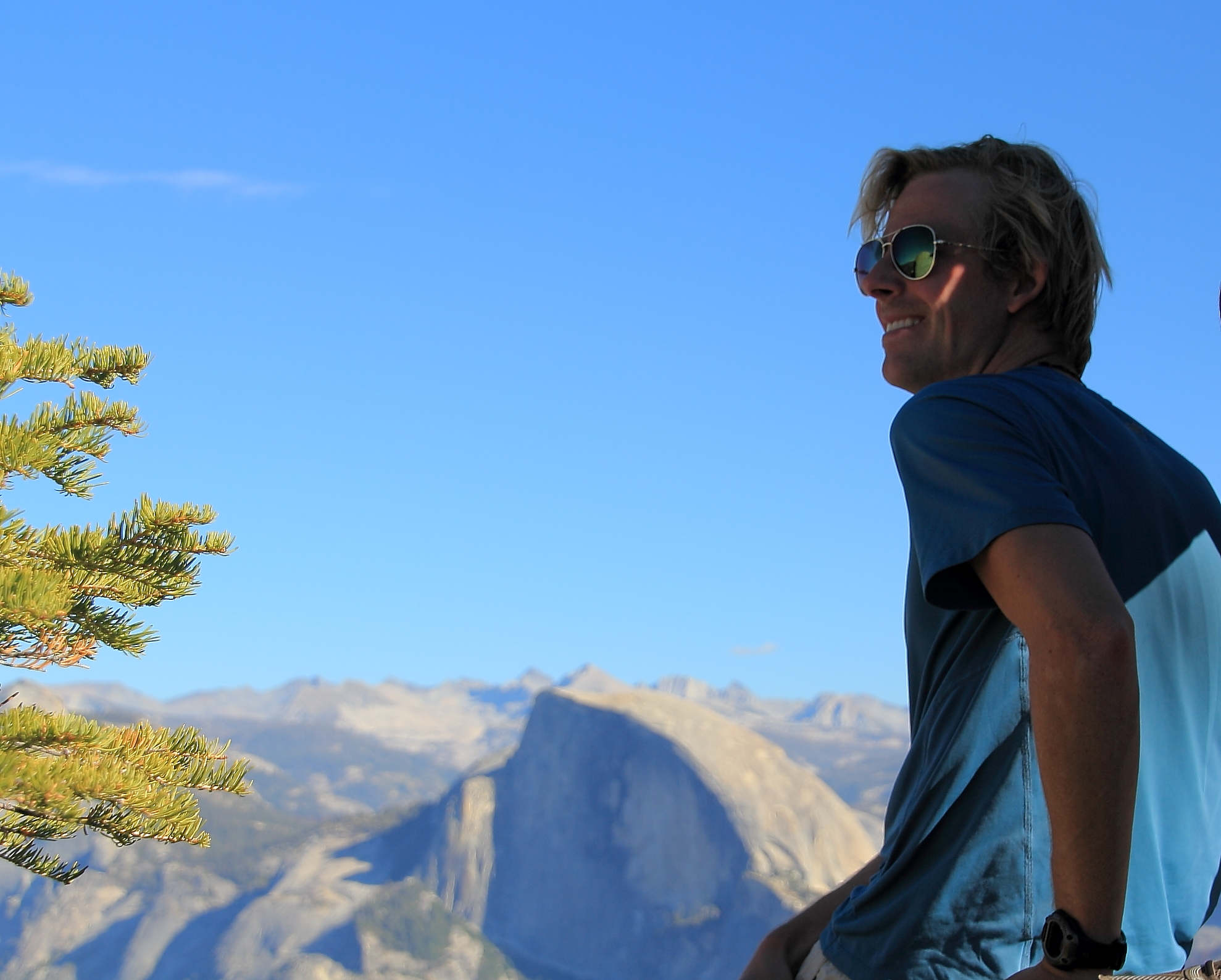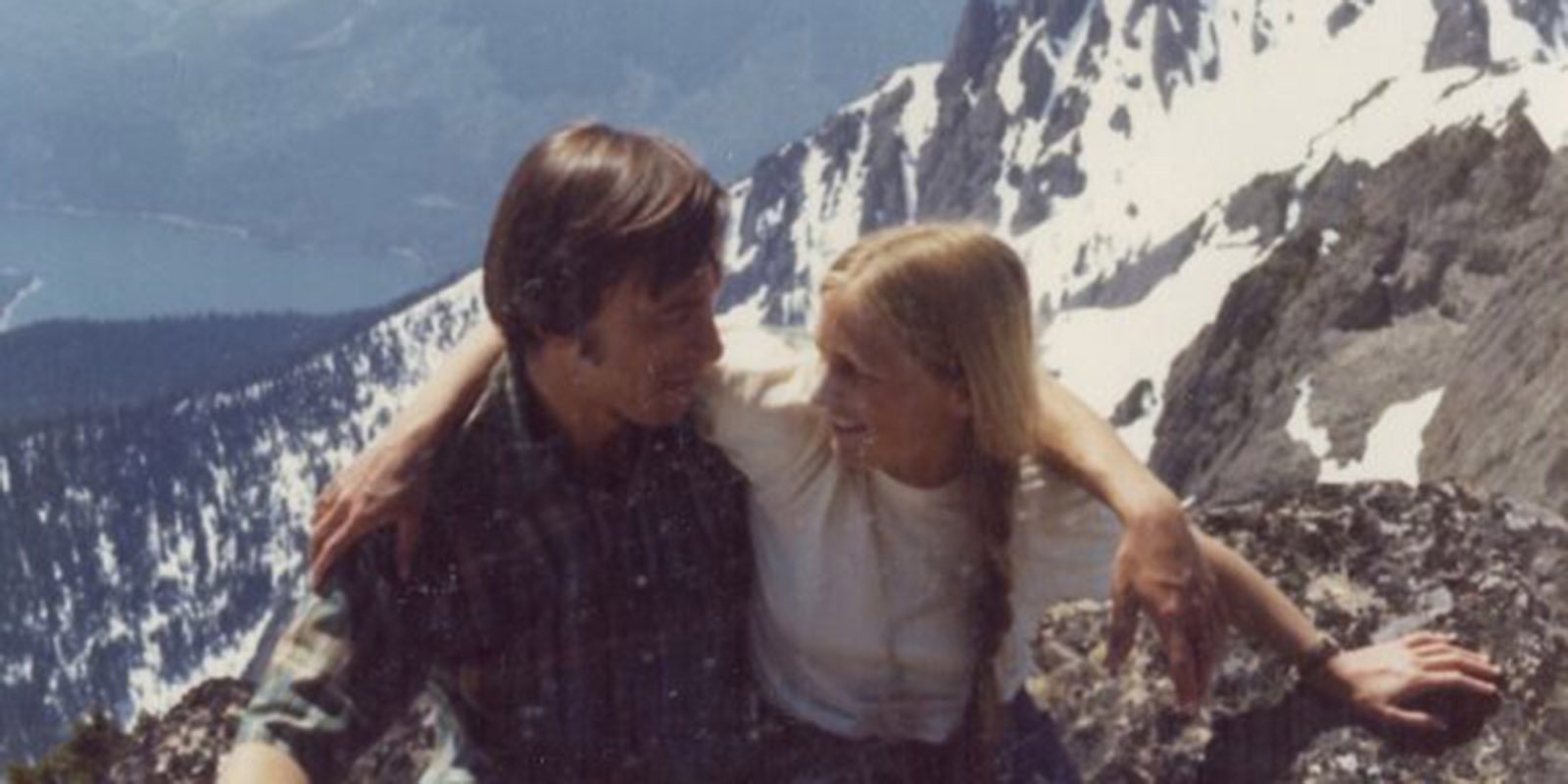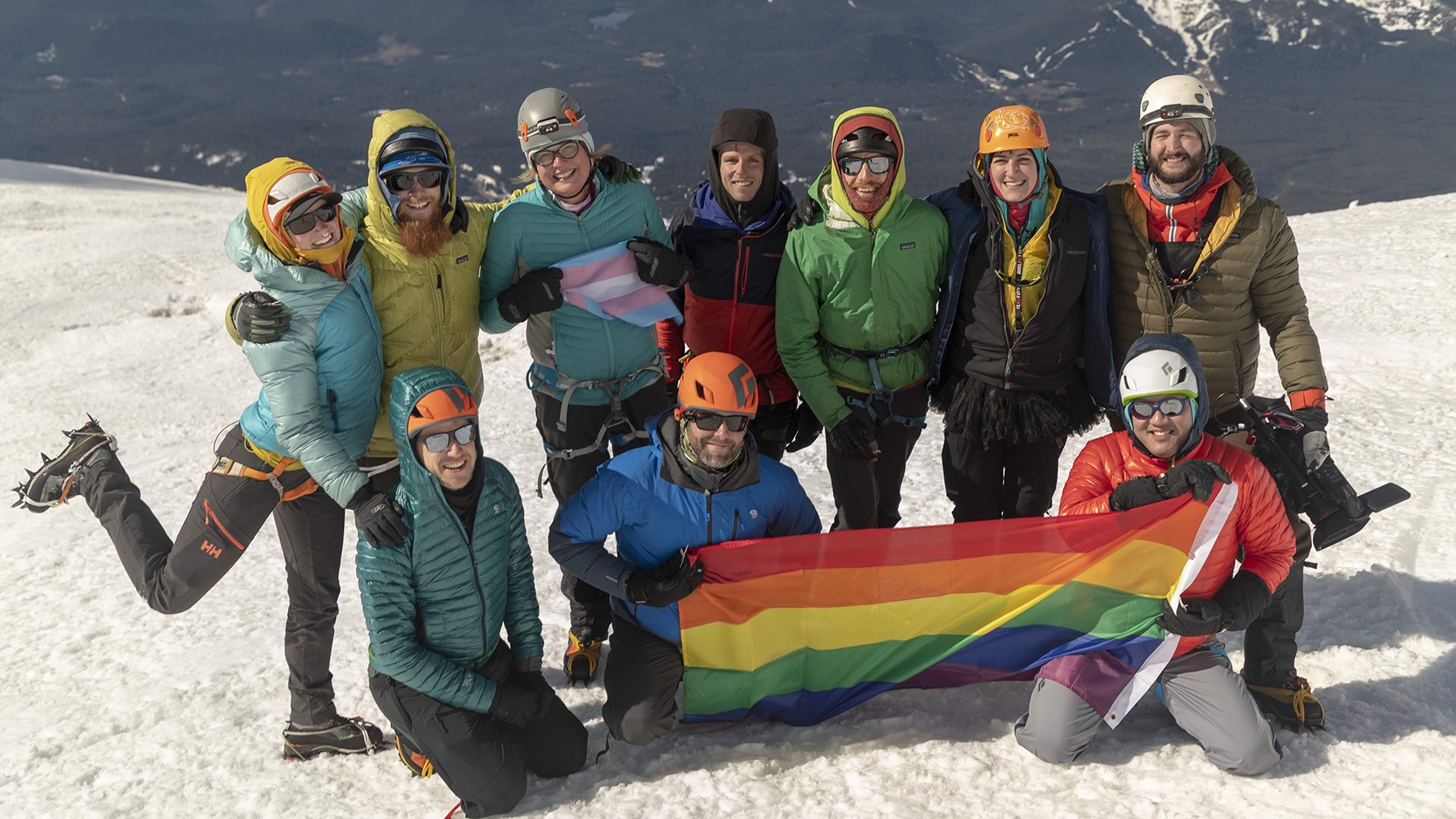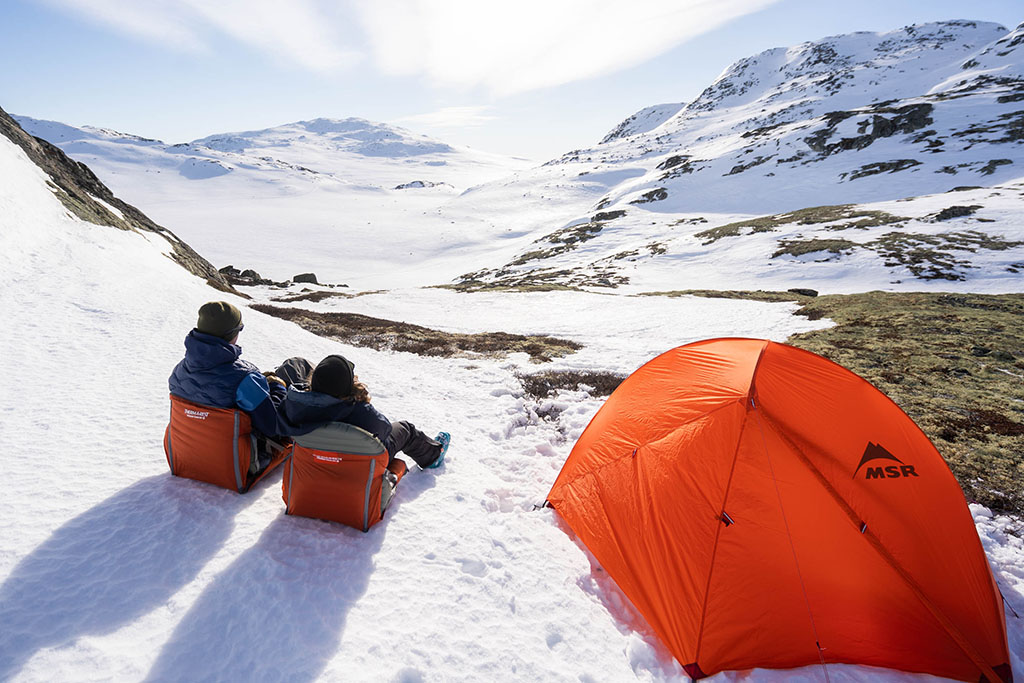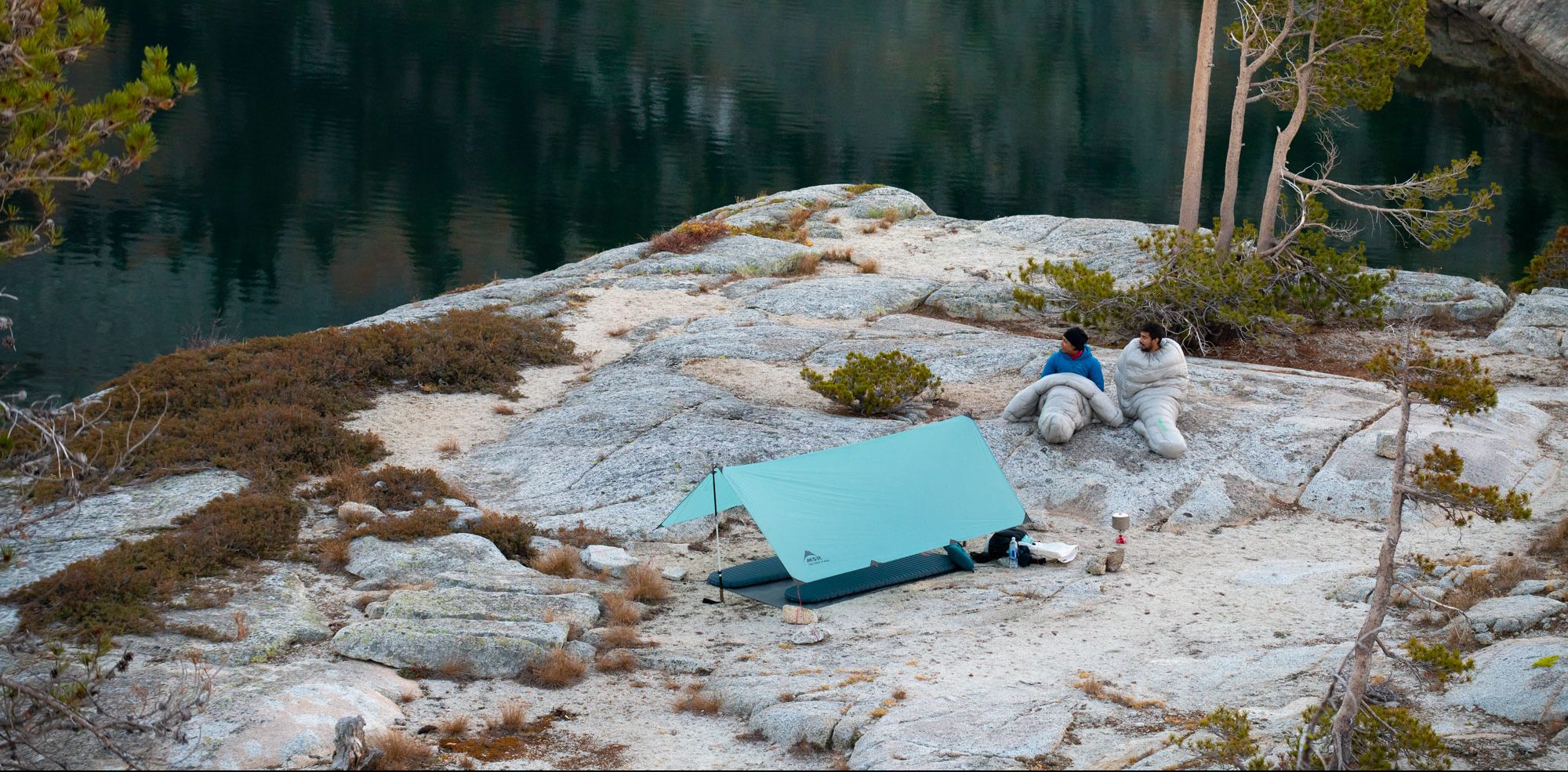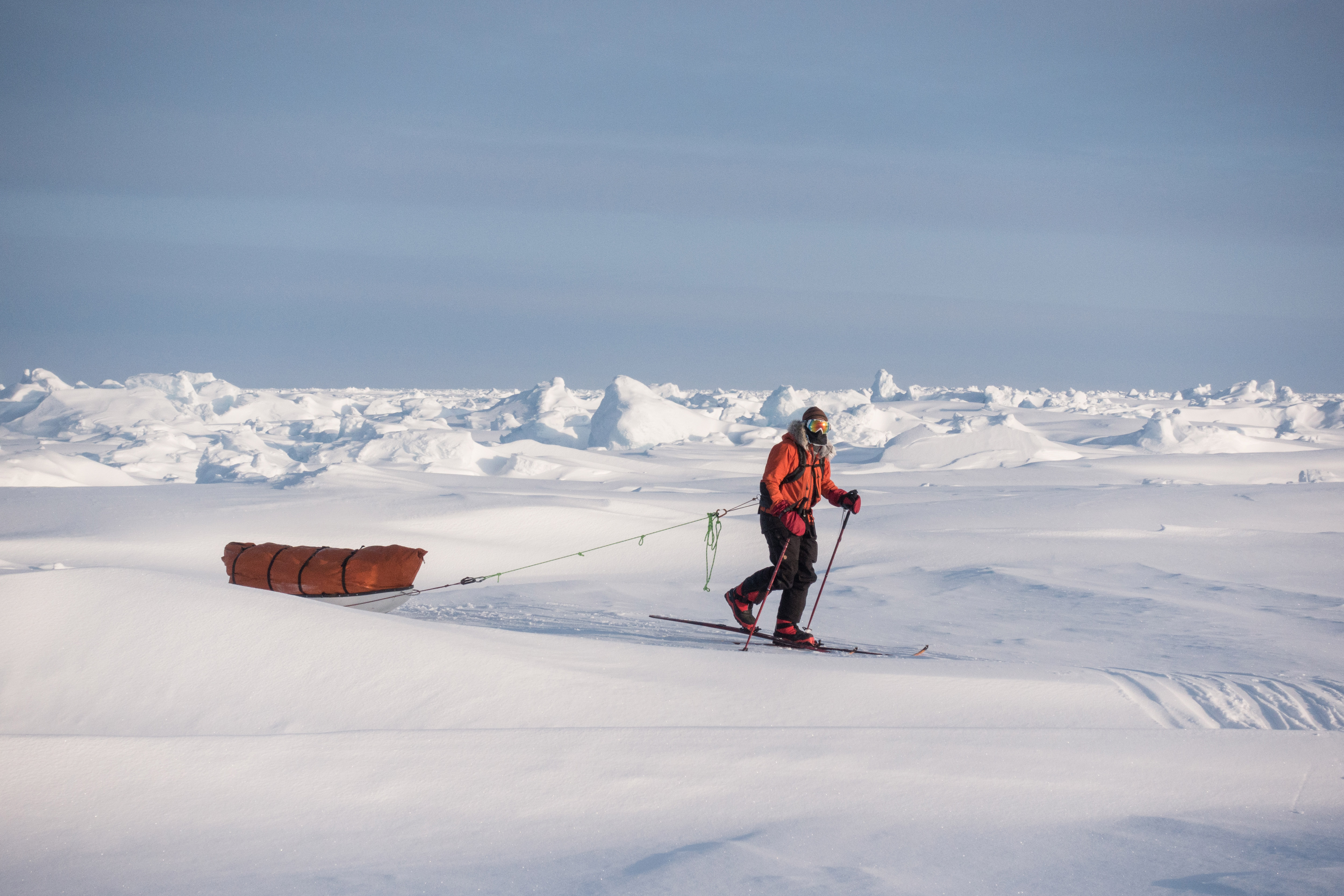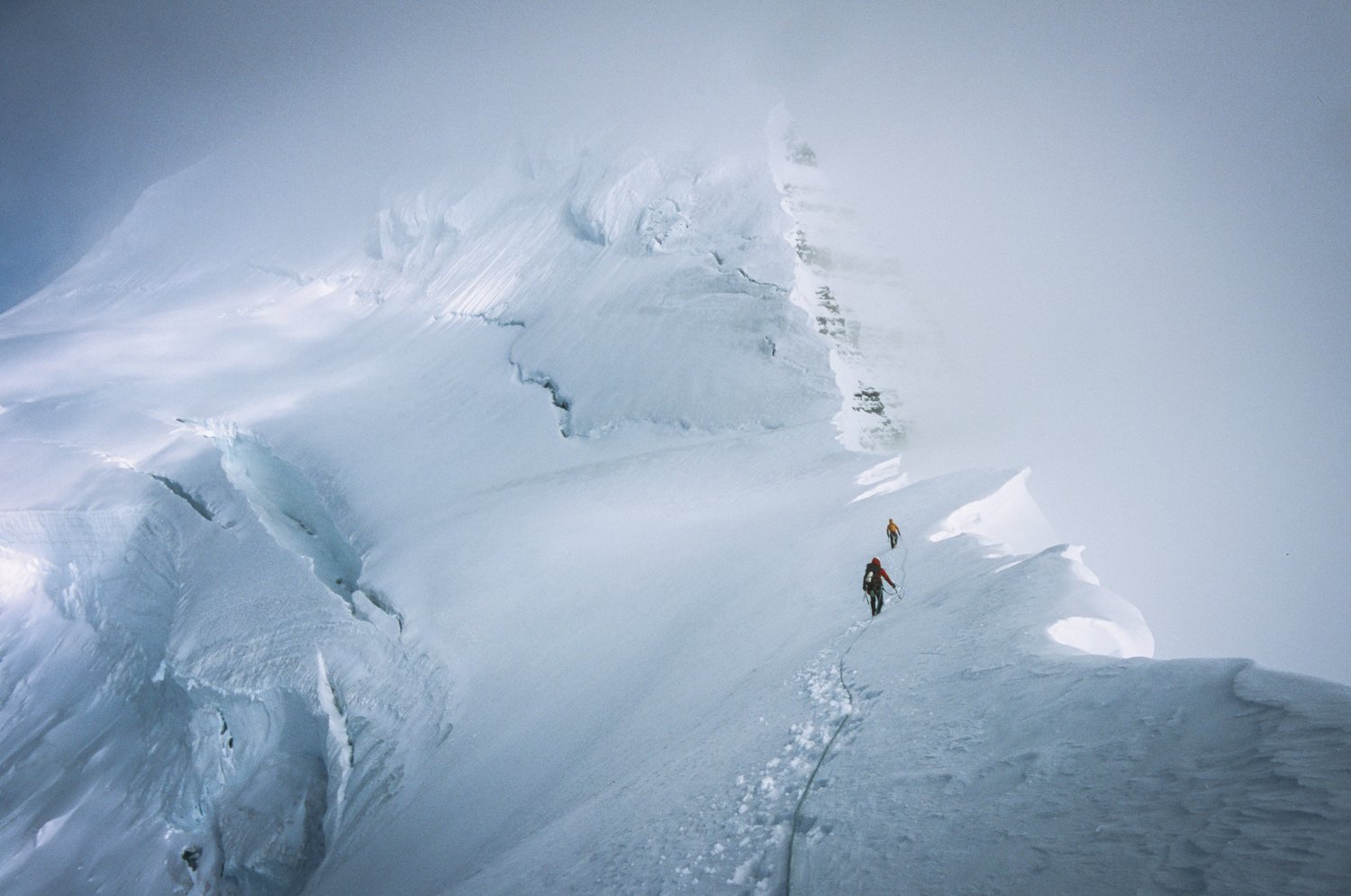Mountain tops can be deceiving. In my opinion the summit almost always seems to look a lot closer than it really is. The whole idea of measuring distances, failing to consider false summits and temperamental weather can be a struggle for anybody entering into the outdoor world.
I’ve been guilty of these calculating flaws more than once in my life. The trap of convincing oneself to underestimate the strength of a mountains landscape and the power of mother nature can quickly put us in our place forcing us to be humble. It is the early morning alpine starts, the painstakingly heavy packs, the frigid temperatures, and the unexpected errors that may force us to contemplate the question of is this even worth it? However, the balance between learning to control the factors that are controllable and rolling with the punches can help to turn a potential “sufferfest” into a “suffer-less” excursion.

Early in my mountain guiding career, I became acquainted with the term “type-2 fun.” It’s a way that you describe the mountaineering process with type-1 being a happy-happy joy-joy and “type-3” being imploringly miserable. Type-2 is like this, but in reverse. Most athletes deal with the struggle going up and down, but the reward comes in the overall experience. Weird, I know, but pushing the limits takes determination and a desire to make goals a reality.
I want to share the wisdom and beta that I’ve found from years of enjoying “type-2 fun”. My helpful guide below is a great addition to any outdoor goers arsenal to make stepping outside that much more enjoyable.

1. Gear Check
Before going on an expedition or multi-day trip, I probably pack and repack two or three times in an attempt to try and whittle out any unnecessary goods that have somehow crept into the pack. The thing about big trips is you don’t want to bring more than what is absolutely necessary. In no way does that mean trying to skirt to the summit with one layer, shorts, and the most lightweight Gore-Tex sneakers you can find. It just means being prepared with the necessities and proper well-functioning equipment. Bringing that foldable lawn chair up? probably not necessary, however using that Thermarest Foldable Z-Lite Sleeping pad doubled up as both a sleeping pad and a chair makes a little more sense. Resourcefulness is crucial, as well as keeping in mind that what you carry up and down (with the exception of food that gets eaten) is being carried in by you, so be kind to your body.
2. Fuel Up
More times than not folks lose energy quickly when ascending or descending. This is a factor of a lot of things – not breathing correctly, high elevation, not staying warm enough or wearing too many layers and sweating it all out, etc. These are things that force the body to work harder than necessary, however one of the best ways to help control the energy levels in your body is by fueling up with water and snacks at a consistent rate and this means sticking to your guns! A good plan is to make sure you intake nutrition and hydrate every hour to keep the body and mind fully functional. It is also good to have a few layers on hand to keep warm when you rest as well as a choice of snacks that offer a mix of protein, carbohydrates, and natural sources of sugar. Making sure you have enough water and electrolytes is also a must. Once again make sure to stick to this plan even if you are not feeling hungry or thirsty it is a necessity to force these items on your body, so you can stay in tip top form on the ascent and descent.

3. Awareness
Always keeping aware of potential risks, hazards, and changing conditions is must in the backcountry. Weather can change at the flip of the dime as well as conditions of the snow, glacier, and surrounding rocks. Be astute in these observations, refresh yourself on navigational skills, and go into the trip with contingency plans if some sort of accident or unplanned event occurs.
Awareness to your body and the health of your teammates is essential as well. Detecting and monitoring potential signs of altitude sickness or other threats that can rapidly increase in a mountain setting can mean the difference of life or death. Even simple acts like promptly addressing that rubbing heal before it turns into a full fledge blister that keeps you from the summit or practicing the art of the rest step while climbing all contribute to a healthy climb that will help to keep you away from type 3 fun.
4. Know Your Limits
Being confident with your skills and expertise in the mountains is a powerful aspect that can help one to achieve their goals with mountaineering, but overconfidence can be the boundary that divides knowledge and power with carelessness. If you don’t feel comfortable with something say something, don’t put yourself or others in a dangerous situation that could become more dangerous because of your ego or failure to detect red flags. It is important to remember that the summit is only half of the journey and getting down the mountain after you have exhausted all of your resources can lead to accidents. Summit fever can be a real complex that can force folks to make irrational decisions and what some people may forget to realize is the summit is also only part of the adventure; it is the experience, the camaraderie, the outdoor scenery, and the fresh mountain air that help to create memories. If you are doing this activity solely for the summit tally marks perhaps you are missing the point.

5. Attitude
Attitude can mean a ton in the backcountry, having a good outlook and approaching situations with optimism, determination, and positivity can uplift the group and prove to be extremely beneficial in all circumstances. Pessimism and a bad attitude can shift your mindset as well as the groups, which in turn can lead to apathy, loss of motivation, and tension between participants. Mountain activities are no joke; the process of enduring each movement can be strenuous, brutal, and at times relentless which can make that positive attitude all more of a necessary in helping to bring out the best in a situation and your teammates. It can be necessary every once and a while to stop and smell the roses, laugh a little, and commend yourself and teammates on the enduring task that you’ve taken on. Plus, it’s a helpful trait in making friends want to continue to climb with you!
Before each outdoor sojourn keep these tips in mind and you will find that what maybe in the past was a merciless excursion is now more manageable and endearing. Turn that sufferfest into a suffer-less moment and you will never look back!

